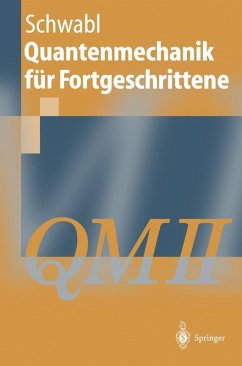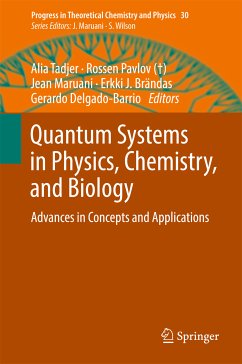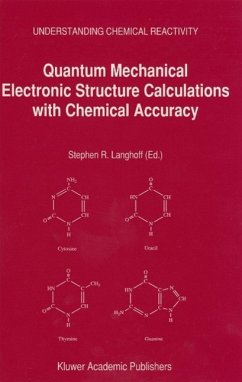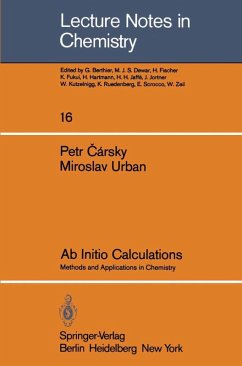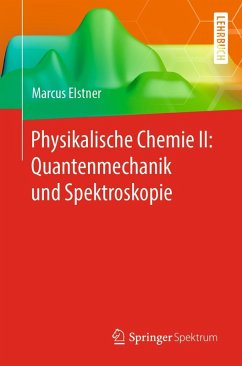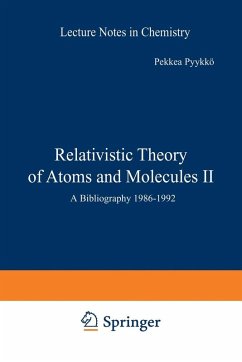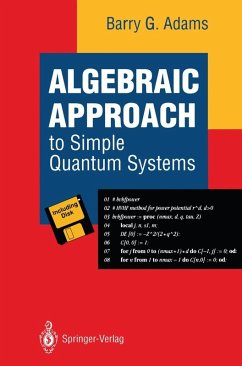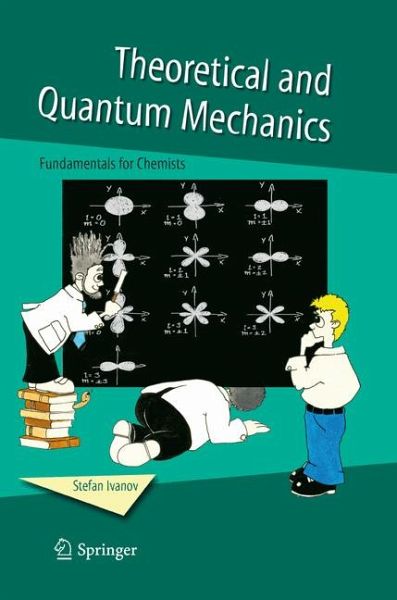
Theoretical and Quantum Mechanics (eBook, PDF)
Fundamentals for Chemists
Versandkostenfrei!
Sofort per Download lieferbar
72,95 €
inkl. MwSt.
Weitere Ausgaben:

PAYBACK Punkte
36 °P sammeln!
This book has emerged from an undergraduate course as well as a graduate one, which I have taught for a number of years. Recently, many universities have experimented by bringing quantum theory forward in the curriculum and we follow their example. This book is intended to serve as an introduction to theoretical mechanics and quantum mechanics for chemists. I have included those parts of quantum mechanics which are of greatest fundamental interest and utility, and have developed those parts of classical mechanics which relate to and illuminate them. I try to give a comprehensive treatment wher...
This book has emerged from an undergraduate course as well as a graduate one, which I have taught for a number of years. Recently, many universities have experimented by bringing quantum theory forward in the curriculum and we follow their example. This book is intended to serve as an introduction to theoretical mechanics and quantum mechanics for chemists. I have included those parts of quantum mechanics which are of greatest fundamental interest and utility, and have developed those parts of classical mechanics which relate to and illuminate them. I try to give a comprehensive treatment wherever possible. The book would acquaint chemists with the quantum structure of the basic object of chemistry, the atom. My intention is to bridge the gap between classical physics, general and inorganic chemistry, and quantum mechanics. For these reasons: 1. I present in one course the basics of theoretical mechanics and quantum mechanics, to emphasise the continuity between them; 2. I have chosen the topics of theoretical mechanics based upon two criteria: a) usefulness for chemical problems: two-body problem; rotational motion of a charged particles (free and in an atom); interaction of a magnetic field with a magnetic dipole; details of small oscillations and oscillations of molecules; b) the need for transition from classical to quantum mechanics: basics of Lagrangian mechanics; basics of Hamiltonian mechanics; 3. I give detailed explanation of an application of the quantum method to simple systems: one-dimensional potential, harmonic oscillator, hydrogen atom, and hydrog- like atoms.
Dieser Download kann aus rechtlichen Gründen nur mit Rechnungsadresse in A, B, BG, CY, CZ, D, DK, EW, E, FIN, F, GR, HR, H, IRL, I, LT, L, LR, M, NL, PL, P, R, S, SLO, SK ausgeliefert werden.




